Brazilian/Japanese Dancer Vitor Hamamoto: It’s just me in the moment
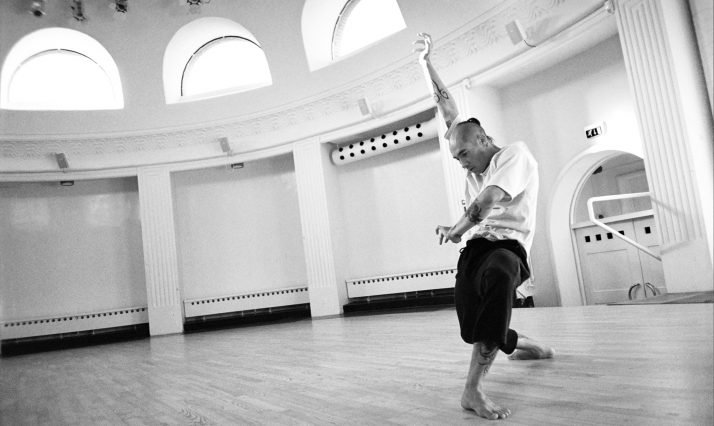
Vitor Hamamoto
Vitor Hamamoto, a dancer with Japanese/Brazilian background, first met Uppercut Dance Theatre three years ago in Brazil during the twinning project Dança DK powered by Danish Cultural Institute.
Two years later in 2017, Vitor became an integral part of the company and relocated. Since then, when dancing, he builds a bridge between contemporary style and his roots in breakdance.
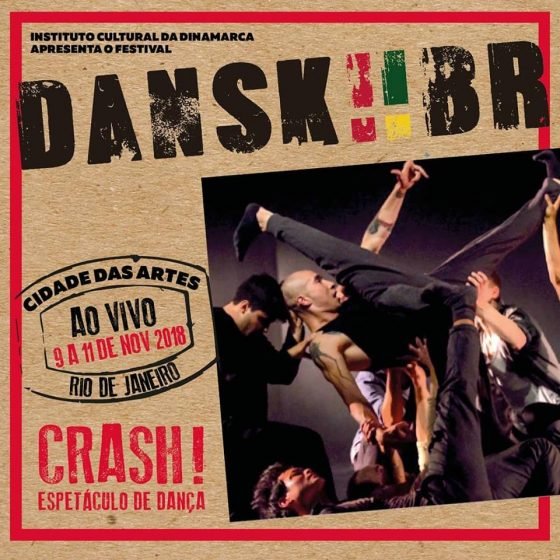
Dansekapellet: once a chapel and crematorium, now home of Uppercut Dance Theatre and where DCI meet with dancer Vitor Hamamoto.
It’s hard not to keep your eyes wide open, when Vitor does what he loves the most – dance. The dancer with a Japanese/Brazilian background is building a bridge between contemporary dance and his roots in breakdance.
Where do you place dance as a part of the culture?
Vitor: For me, dance is another form of communication and a very important one. I feel that dancing, especially if it’s not intended to be an art performance but a tribe’s ritual, is a way to connect. Even if people don’t talk about it and just dance without explaining it, they connect between each other for a reason. They do it to achieve something or to celebrate together.
What does dancing mean to you?
‘There is a very cheesy sentence that I like: the body cannot lie. Dancing is the most honest way, that I can express myself. With words, I can pretend to feel something or not to show something. When I dance, it’s just me in the moment. Of course, I could use a character, but the body still doesn’t lie. If I don’t believe in the character, you will see that I’m not in. For me, that’s the beauty of it.
What I’m looking in dancing for, is to be as honest as I can be. To really believe in the moment, what I want to do, and what I have to do. The mission is to express something and reach to people.
There is always a miscommunication no matter what type of communication you use. Even when talking face to face – there will be something. Because of that people will never fully understand, what I want to say.
I once posted a video of me dancing. I remember that day when I was dancing: I was very happy and excited. One lady commented: I cried, it reminded me of a death of a black swan. It was a very funny, but at the same time interesting, moment for me. That made me realize, that you have no control of what another person experience in my dancing. It doesn’t matter how obvious I am, I cannot control what you are going to understand. The only thing I can make sure of is that you are going to understand something, you will feel something’.
From Brasilia to Copenhagen
Vitor spent his childhood in a capital of Brazil with his mother – a professional jazz and contemporary dancer. ‘I remember my whole childhood, I was always in dance studios, gymnasiums or theatres with my mum. But I never had a real interest in dancing,’ he starts telling his story, laughing.
This changed one day, when 15 years old Vitor saw one video on YouTube. It was a breakdance battle between a French b-boy Junior and Physicx from Korea. ’It just blew my mind, I could only think of that I wanted to spin on the floor like that.’
Shortly after, he began, step by step, copying moves from the other videos. At that point, just like every typical teenager, decided to try something new because of the impulse. The breaking point came pretty quickly, when for the first time he got one of the basic moves right. ’Damn, this is what I want to do for living, I want to be a professional,’ popped in his mind and he started dancing for real.
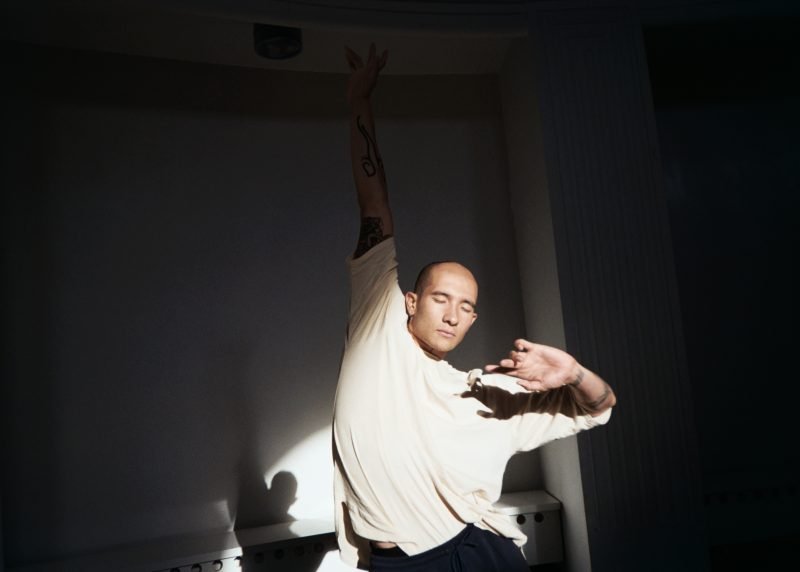
Some time after his father decided to move to Florida, and Vitor’s first thought was: ’USA? New York? That’s the place that breakdance was born and all of the movement started’. After some fights, he convinced his parents, dropped out from the high school (that he later finished in USA) and moved. After some time his father decided, that Vitor should go back to Brazil. ‘I said no, asked him to give me a week and found a job. For couple of months I was living in a car, that I bought and worked a lot. It wasn’t easy. I went there to dance, but I didn’t because of work,’ describes Vitor. After 3 years, he decided to go back home to Brazil, ‘I felt like a failure. I came there to dance, to live my dream and I couldn’t.’
From today’s perspective this was probably the most fortunate happening. Shortly after coming back, he heard about new dance university opening, applied for and got in. It’s where he crossed his paths with Deborah Dodd Macedo, university lecturer and professional dancer. In 2015, she became one of the people working closely on the project Danca DK, a twinning project between a Danish dance company and a Brazilian – DF Zulu Breakers.
Since then, everything happened so fast. Becomming part of the performance CRASH, touring in Brazil and Denmark, and two years after he was invited to become a part of the company for good. ‘There was no time for tears after Florida,’ he sums up with a smile.
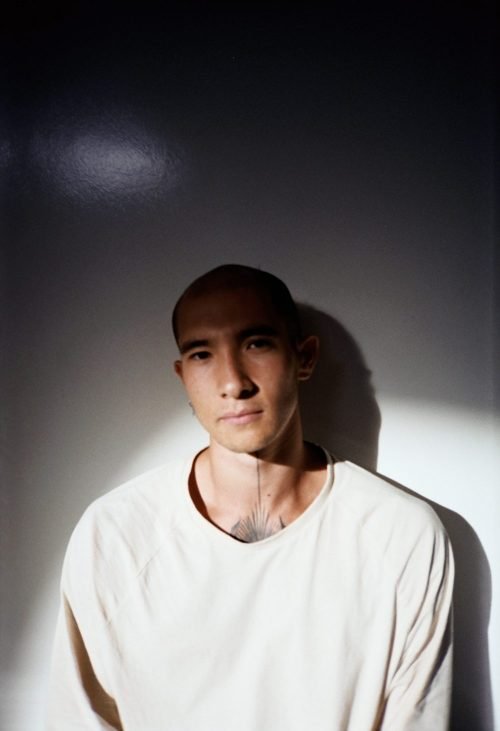
How does the cultural life of Denmark look from your perspective?
Vitor: People here appreciate culture a lot, what I really respect and what amazes me every day. Maybe it was just me, back then in Brazil, with my circle of friends we didn’t really go out to see cultural events. It was rare for us to see an exhibition together or a performance, that wasn’t a friend dancing or singing. Here, it’s a normal activity as going to a bar. I moved here one year ago and it has an influence on me: a couple of times, when I had a free Sunday and I was wondering what to do, I went to see an exhibition alone, a performance or just the architecture around me. You sense, that culture is here so alive. I would say it’s similar in Brazil, but not as obvious.
Maybe it’s a matter of the accessibility…
Vitor: …I think ‘accessible’ is a good word to put here talking about Denmark and culture. Sometimes it’s even for me surprising how often we are invited, as Uppercut, to perform at schools. And then, how easy it is to get kids participating in arts projects. From a young age they learn this way of thinking.
How life as a dancer looks like in Brazil?
Vitor: I’m not going to lie, it’s very hard. There are two ways to earn money as a dancer. First – you teach. Secondly – you do projects with the government. You apply for funding and get the money to work with. In most of the cases it’s not enough, but you are in a way forced to do so. It’s all or nothing. That’s at least in Brasilia where I come from because in São Paulo or Rio de Janeiro there are different ways to work. You can, for example do commercials or perform in music videos for singers. We had that in my city as well, but not at a big scale, so it was almost impossible to get those jobs. When I lived in Brazil, I used to be a part of an urban dance company, but we didn’t really do it for money, but just for the love for dancing.
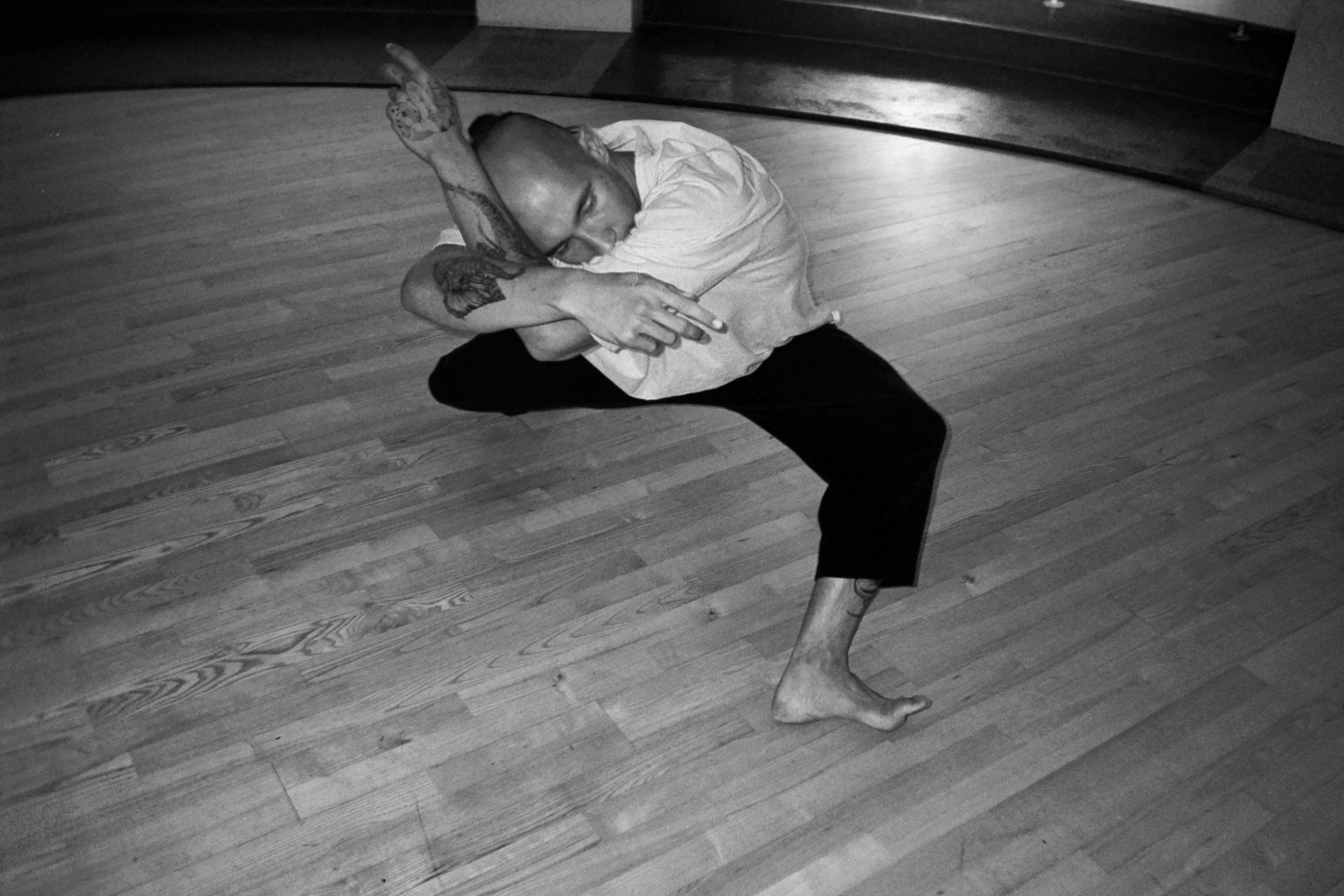
Where do you see a difference between the two countries?
Vitor: It’s not about politics only, whether or not creating free access to culture for all citizens, it’s something about our culture in Brazil. There is also this expression we have of doing things in a “Brazilian way”. We are figuring out things by ourselves, most of the time referring to something not very positive. On the other hand, it thought as how to survive and how to live, it makes us stronger.
Once I was a part of the project with my group for three months, and I got paid 4000 dkk rehearsing 5 days a week for the whole period. And that’s already good, but of course – it’s hard to survive.
My friend is a choreographer in Brasilia and makes living out of dancing, but he works a lot. He worked long and hard for that. I don’t know how many professional dance companies that can make a living out of it. I think, it’s hard to live as an artist in general in Brazil.
I feel, that here in Denmark art is really supported, because Denmark wants people to think and to have a smart population. That’s why being here for me is a dream. I found here as well my second family in which everyone takes care of each other. Uppercut embraced me and made feel worthy from the day one. Of course, there are problems like everywhere else. The difference is that, the ones that I have here are ok and easy to handle.
Besides Dansekapellet, is there any other special place in Copenhagen that you connect dance with?
Vitor: The Royal Danish Theatre. It’s a huge building with so much history, and it’s beautiful. I have danced there once in the show called ‘Playground’, that was intended for the younger audience. We had kids on stage as well. Surprisingly, mostly grownups came to see us performing. It was a very interesting experience, because they probably expected to see something else than non ballet dancers accompanied by a bunch of kids. In the beginning, I could see many confused faces in the first row. After a couple of minutes, we broke that fence between us, and I could see smiles and curiosity rising. In the end they were having fun!
Coming back to the kids – as an audience, they are way more honest than adults, what sometimes makes it scary. They never hold their reactions back. If they feel that way, they are going to cry just in front of your face. It happened at the show, I mentioned before, but in a way it’s a beautiful part of what we are doing and a very natural one.
What would you recommend me to see in Copenhagen?
Vitor: I would like to say that everything! It’s hard to pick from so many amazing things happening. Besides that, I’m a weird viewer. If I really don’t like some performance taste-wise, I can still be amazed by something in it. I think that dancing scene here is very diverse. You can find anything for your taste, whatever you like. You just have to look out for it.
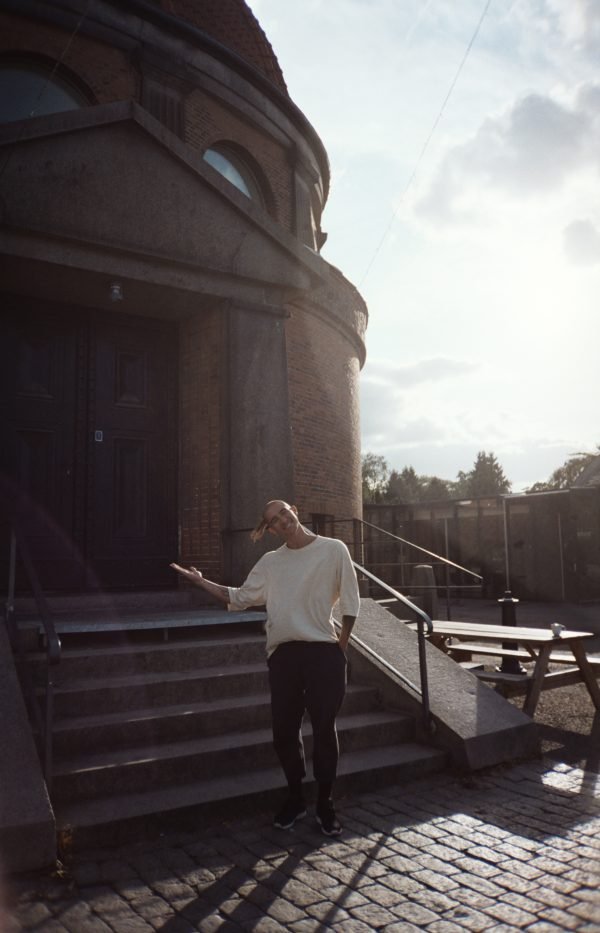
Uppercut Dance Theatre
Uppercut Dance Theatre was founded in 1985 and as one of the first modern companies in Denmark was granted a public support from Danish Arts Council. The goal of their work is to form a platform between contemporary dance and performance. The company has a unique take on contemporary dance, where all of their performers have, like Vitor, a background in urban dance forms. Stephanie Thomasen is responsible of artistic direction and choreography of the company, and Vitor refers to her as a personal inspiration, not only in dancing, but in life.
Since being a part of Uppercut, Vitor had a duet with Stephanie, ’Let’s go nowhere’, performed in Dansekapellet. Even though, Stephanie is the one in charge, each dancer gets to have his or her own input, so the work becomes very free and fluid. ‘For me the difference is: here, I don’t feel in a box. We get inspired, we move, we do stuff. To be honest I cannot say we have a style. Of course, we have contemporary concepts, a way of thinking of choreography. But the way you move, it’s very personal. Unique. Since everyone is very different and unique. Even if we do the same choreography, we move differently. But there is a connection between us, for me that’s beautiful and I love that,’ Vitor explains.
I would very much like to thank you: Stephanie Thomasen, she is my main inspiration, not just in dancing, but in life. And she’s the one, that gave me the opportunity to live my dream.
Deborah Dodd and Anders Hentze. Deborah was the one,who got me into the CRASH project in 2015, that I told you about, where everything started. Anders is working at the Danish Cultural Institute in Brazil. , which helped us to keep the project going.
I feel that’s important to also mention other people close to me, that also make me feel at home and make me always want to be the best I can be, everyday single day: Mark Philip, Lukas Larsen, Raphael Ferdinand Eder og Anne Skriver.
Are you curious, how does Vitor translate his body moves into a storytelling performance? Visit his Instagram account https://www.instagram.com/vhamamoto/, where he shares insights of his work.
Karolina Sikorska interviewed Vitor Hamamoto.
Photos by Karolina Sikorska.